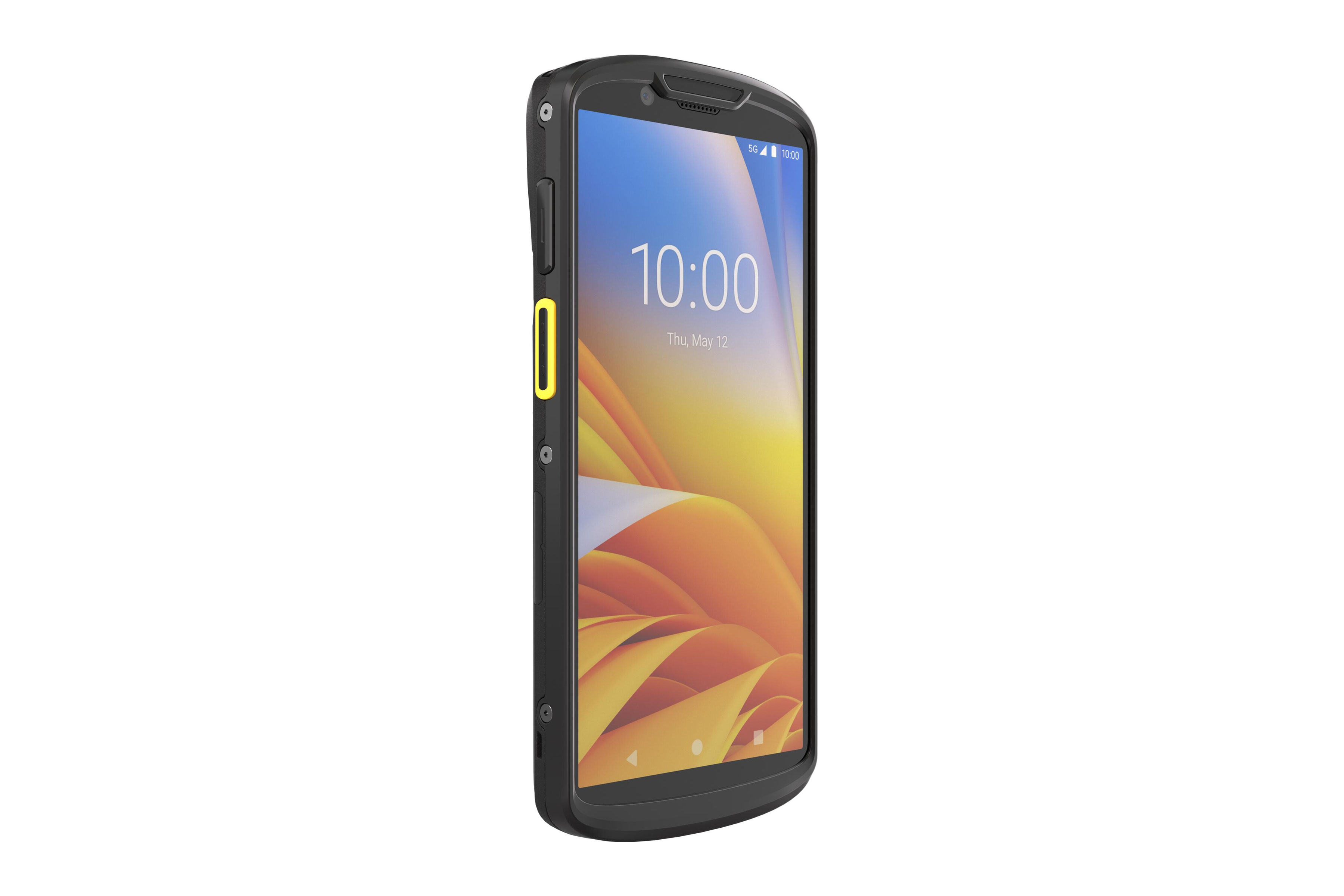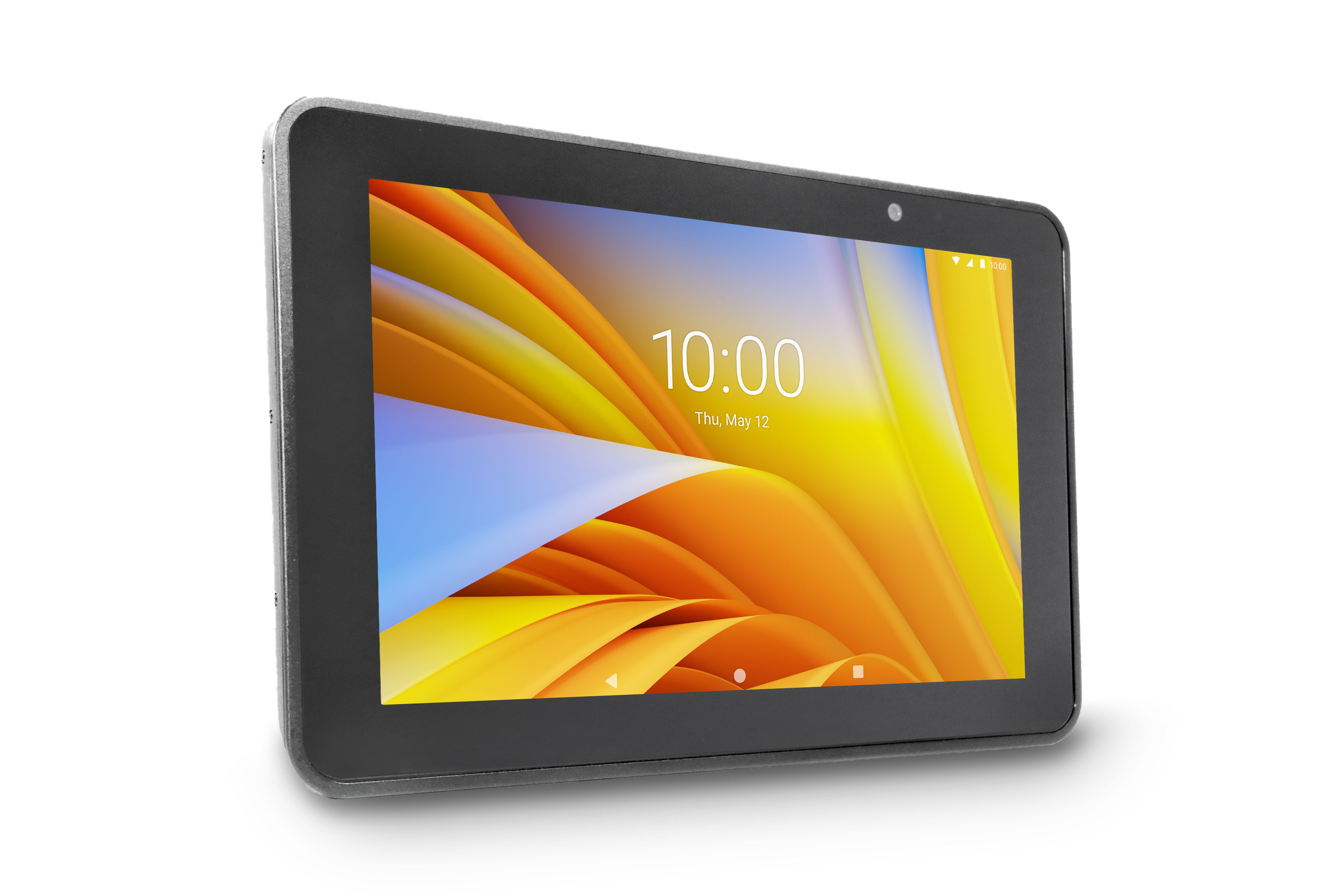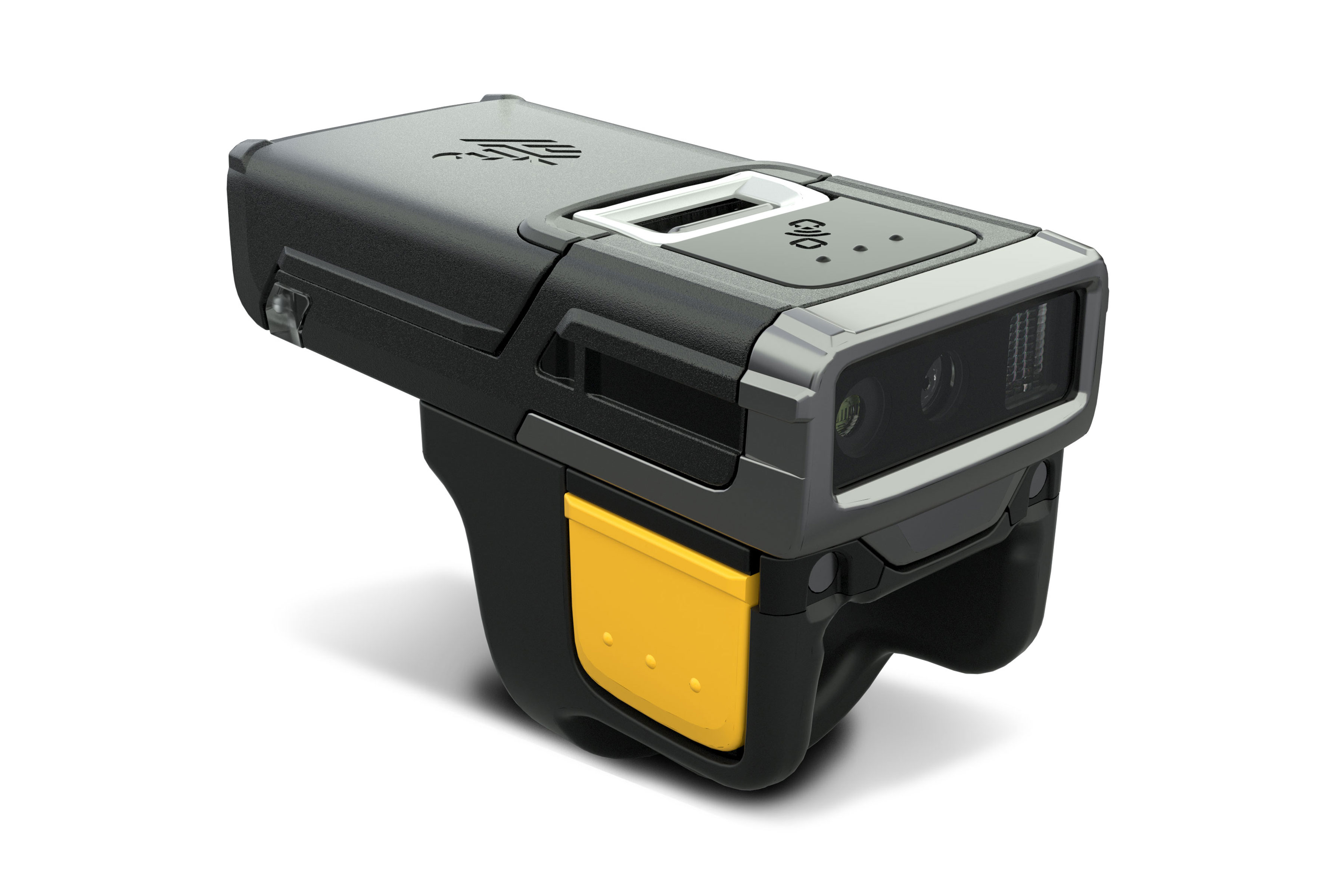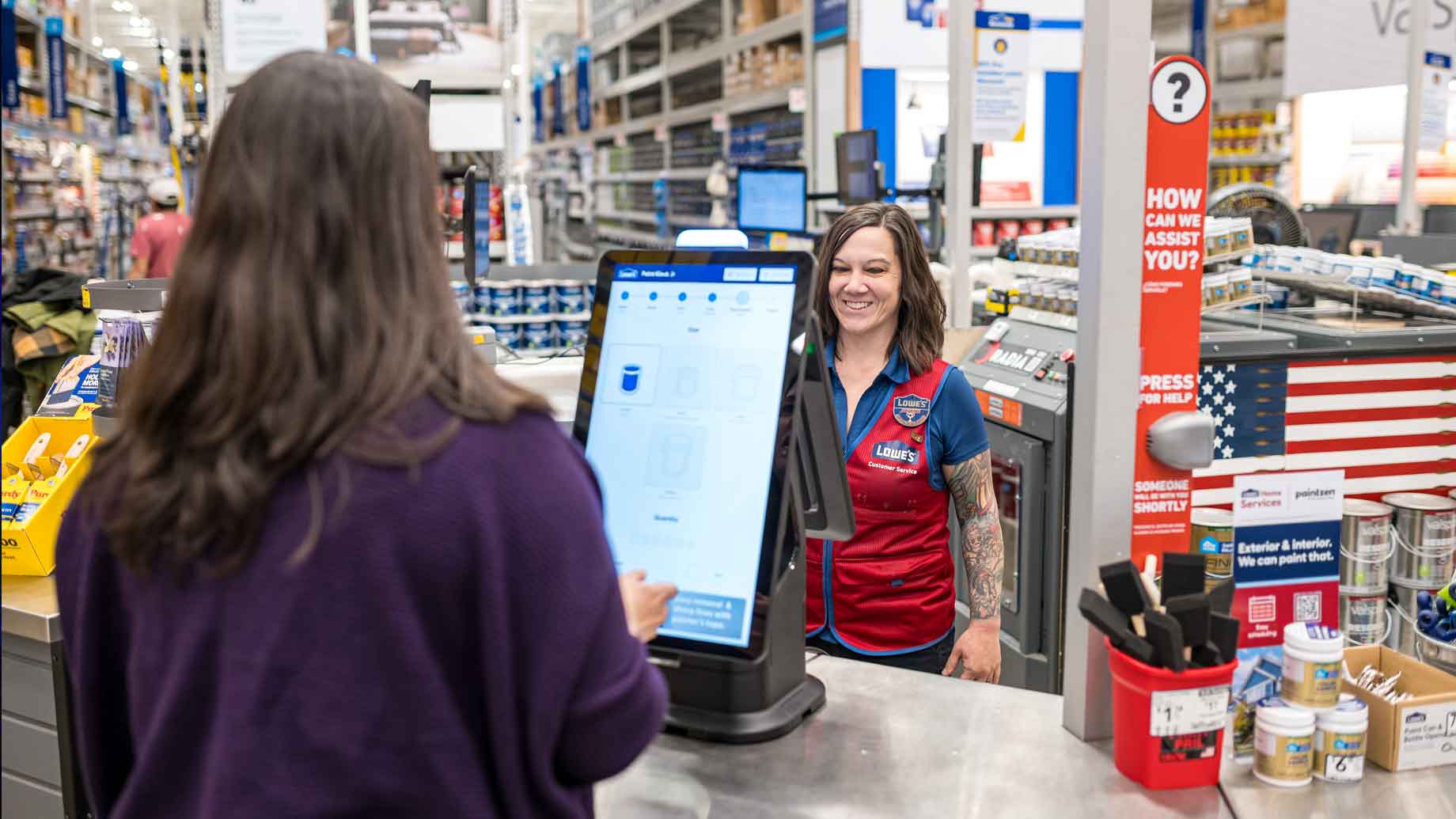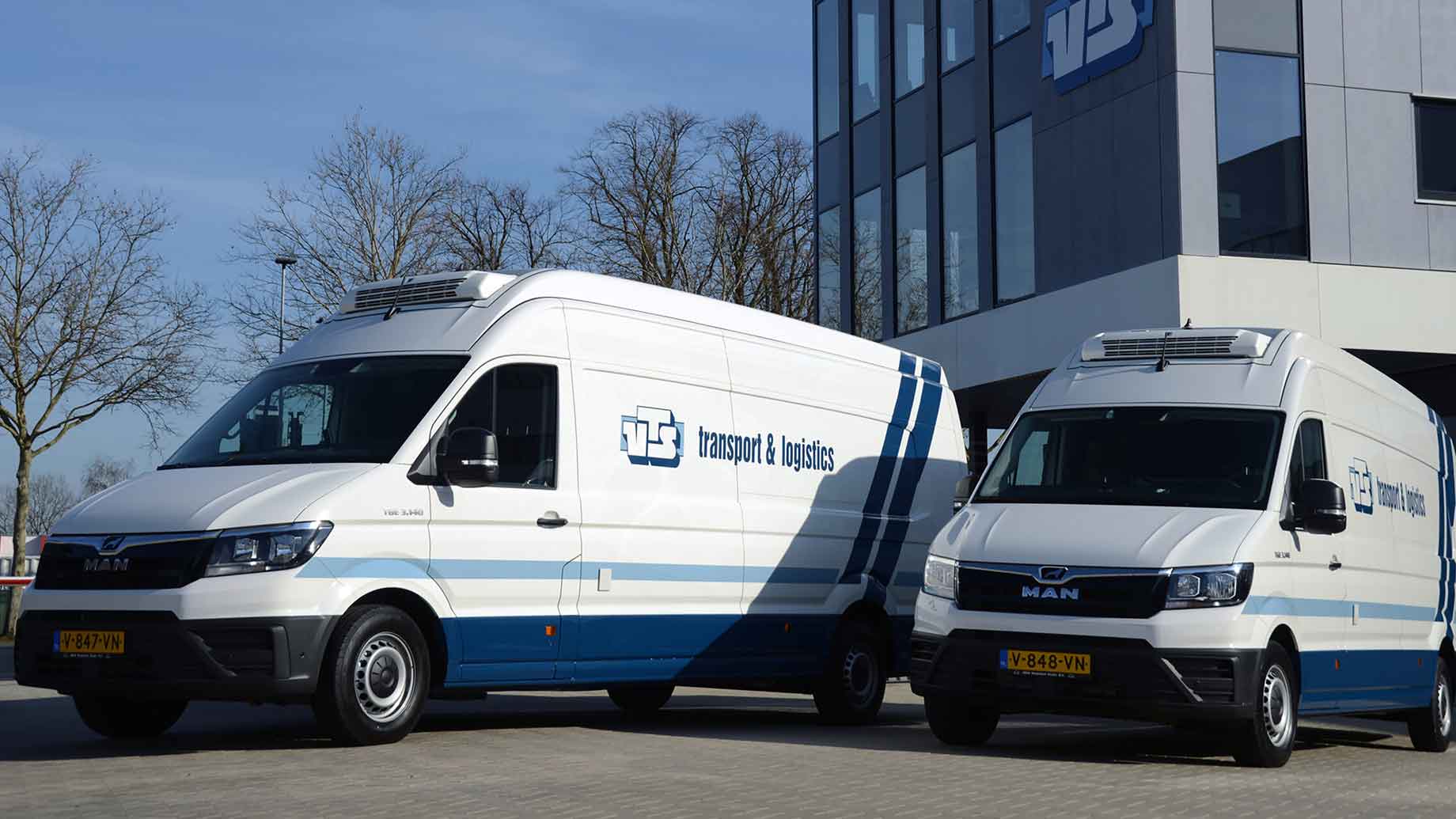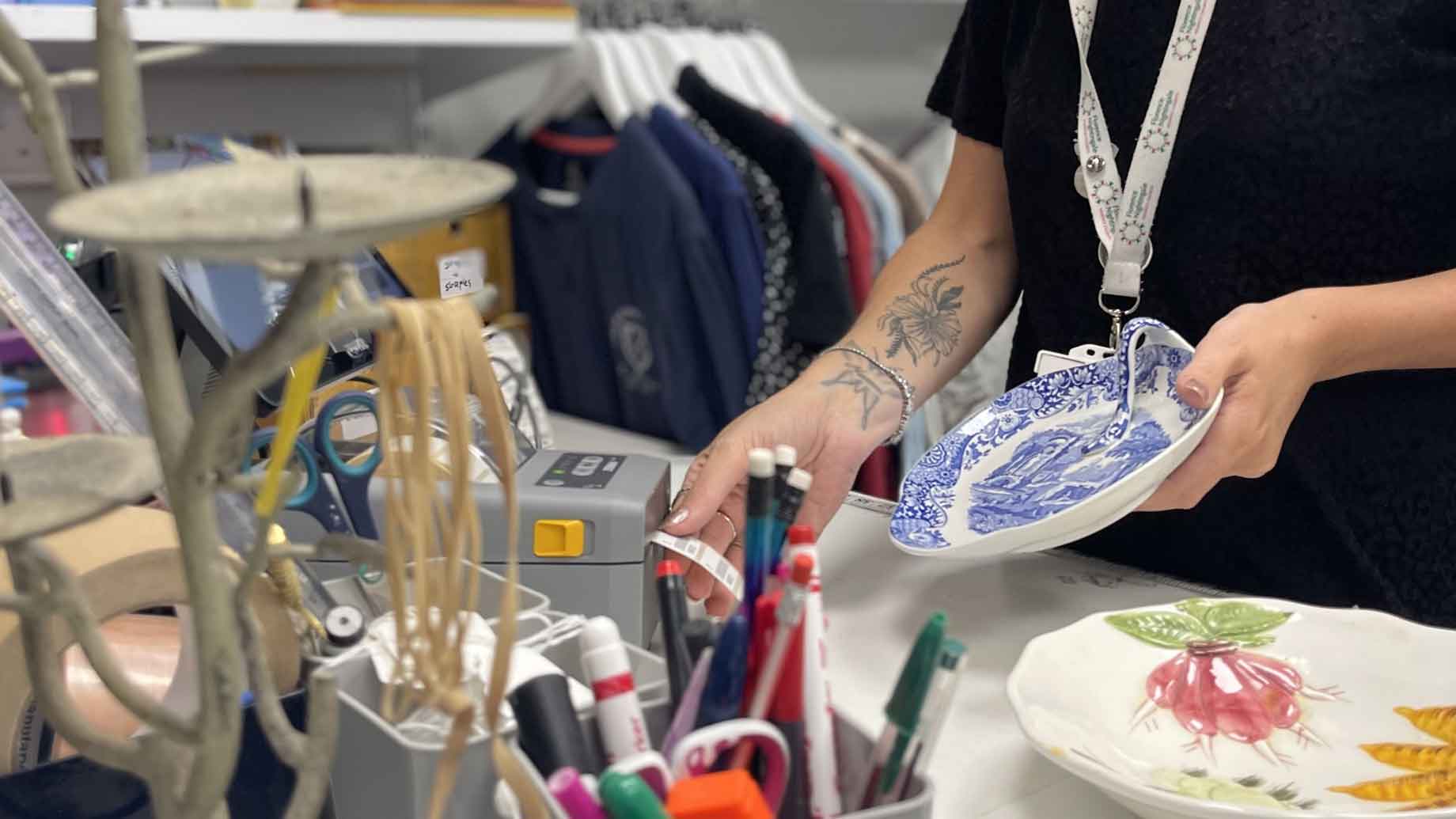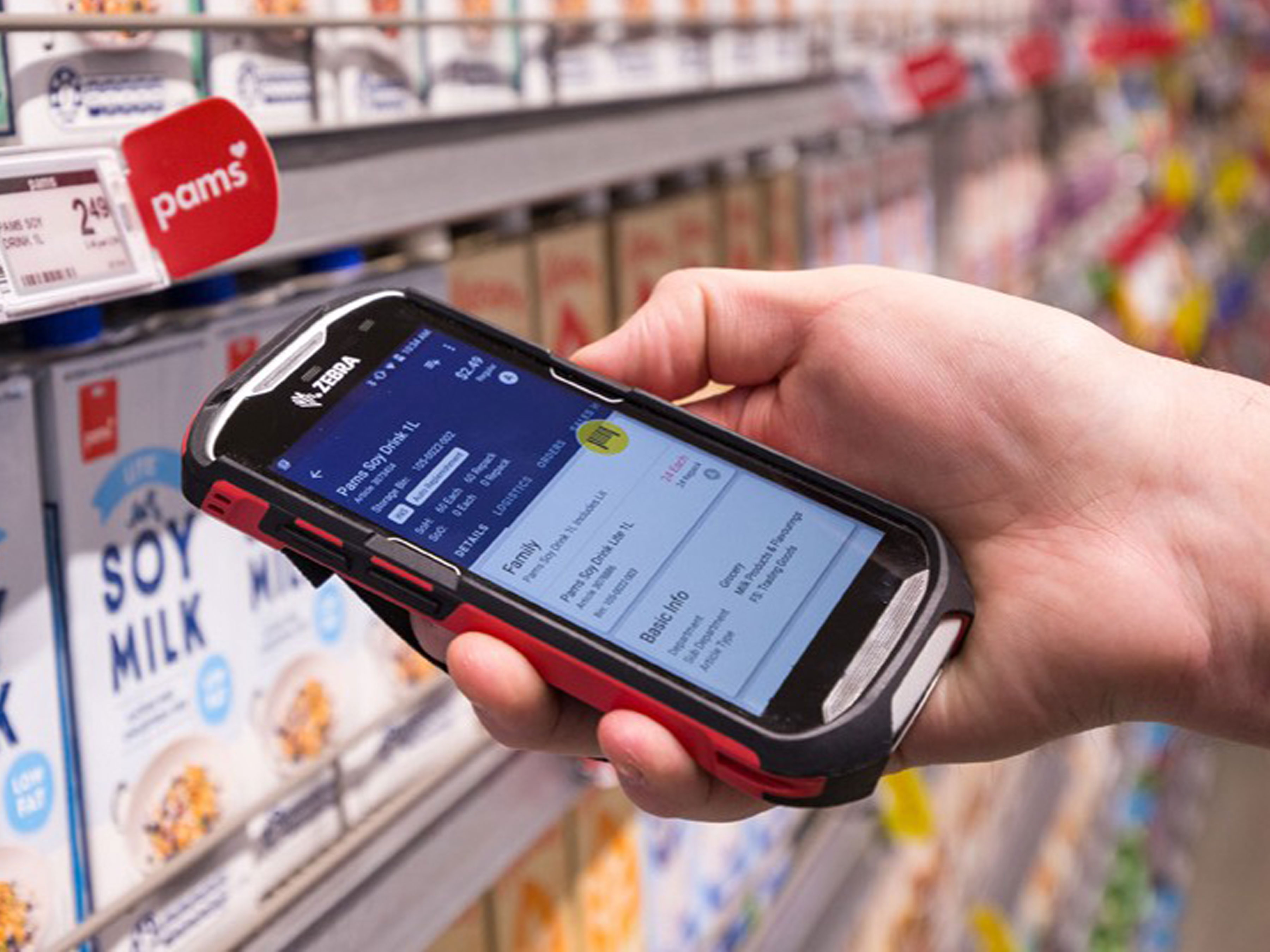
Foodstuffs South Island Improves Efficiency With Zebra Handheld Devices
Foodstuffs South Island services range from grocery and convenience stores to large-scale supermarkets, wholesale and specialty liquor stores. Since it deals with food and beverage operations, the company must adhere to strict safety standards. Access to information such as stock levels is essential.
Zebra Success Story: Foodstuffs South Island
Overview: Retail, Transportation & Logistics, Warehouse Challenge
To upgrade mobile technology and save on-floor staff’s valuable time, so they can deliver better customer service.
Benefits / Outcomes
- Increased productivity, inventory visibility and accuracy - with information easily accessible from the shop floor for immediate processing
- Improved employee communication and collaboration with staff reporting increased satisfaction levels.
Customer
Foodstuffs South Island
Christchurch, New Zealand
Industry
Retail, Transportation & Logistics, Warehouse
Solutions
About Foodstuffs South Island
Foodstuffs NZ is a grocery company owned by retailers’ cooperatives Foodstuffs North Island Limited and Foodstuffs South Island Limited. Together, the two cooperatives collectively control an estimated 53% of the New Zealand grocery market. Operating since 1922, Foodstuffs South Island offers many kinds of shopping experiences, from grocery and convenience stores to large-scale supermarkets, wholesale and speciality liquor stores. The company also owns retail chains Four Square, New World and PAK’nSAVE, as well as in-store private brands Pam and Pam’s Finest.
The Challenge
Running any food and beverage operation on a tight schedule is a complex and challenging task. Foodstuffs South Island must adhere to strict standards for food safety and constantly maintain shop floor efficiencies, stock levels and staff productivity.
In order to improve performance, Foodstuffs South Island sought to deploy new mobile technology throughout its stores, which would enable staff to access information more quickly, efficiently and effectively while interacting with customers and co-workers. Specifically, the company was searching for a mobile handheld system for its retail on-floor staff that would improve productivity and efficiency and reduce lost sales from out-of-stock items.
Prior to 2021, Foodstuffs South Island had been using Zebra's MC3190 legacy mobile computers, which had served as the grocery stores' interface for a number of years. Due to a lack of functionality, these legacy devices made certain critical tasks like locating a product for a shopper more laborious, which compromised customer service. Store managers were also hindered by an ineffective and time-consuming method for stocktaking, which involved keeping track of goods on the sales floor using pen and paper and entering that information onto a computer in the back office.
When a customer enquires about a product that is not on the shelf, a store employee can immediately respond with information about product availability or when the next shipment will arrive. The Zebra handheld device provides synergy between the SAP operating system and the information being delivered directly to the customer in person. With more visibility into each inventory, order and task status, our sta can provide customers with a frictionless experience. This consolidation of all critical workflow applications and communication tools has helped improve sta eciency and enhance job satisfaction.
The Solution
Recognising the importance of seamless communications and the need to increase staff productivity, Foodstuffs South Island wanted to work with a company that had a proven track record of working with large grocery operations.
Foodstuffs South Island took a novel approach to its selection procedure before deciding on the right solutions collaborator. The company engaged its local personnel, giving them the chance to offer input on the features they required from the new device, and involved employees in the selection and implementation process from start to finish.
After testing out a range of devices, Zebra’s TC51 and TC52 mobile computers were clear winners. As a result, more than 960 Zebra handheld devices were deployed across 140 Foodstuffs South Island stores.
“Today’s workers want a device that is contemporary and as easy to use as a smartphone. The TC51/TC52 mobile computers are rugged, designed to work in extreme environments and last for years. They are built for all-day everyday enterprise use, with the features staff need to achieve peak productivity and keep data secure.”
Ian Colhoun, User Technology Manager, Foodstuffs South Island
Zebra’s TC51 and TC52 mobile computers are not simply touch-screen handheld devices – they seamlessly connect an organisation to all its data sources and offer an ecosystem of software applications, support and services from Zebra, designed to enhance and transform business performance.
To help streamline workflows and increase scanning speed, Foodstuffs South Island deployed Zebra’s ET51 Android® tablet and RS5100 Bluetooth wearable scanner specifically within its market online picking team.
The Zebra Difference: Outcome and Benefits
The Zebra handheld mobile solutions deployed by Foodstuffs South Island facilitated automated, real-time inventory visibility from the back oce to the shop floor. Since the introduction of the Zebra TC51 and TC52 mobile computers, Foodstuffs South Island has seen a significant increase in productivity and inventory accuracy.
For example, there is no need to reimage or restage the devices. The battery life is far greater, which has improved productivity and increased staff satisfaction levels by removing the issue of devices shutting down mid-shift. The devices have also enabled store managers to easily conduct cycle counts and replenish merchandise directly from the shop floor, providing them with real-time data insights at their fingertips.
“The original objective to make the entire workforce more efficient has been achieved, particularly as they no longer need to go back to the office computer for answers when a question arises, wasting time in the process. All management of stock, data and more can be done accurately from the shop floor.”
Ian Colhoun, User Technology Manager, Foodstuffs South Island
In the Foodstuffs South Island stores, the devices have significantly cut down the stock-receiving process, which now only takes half as long. Furthermore, during the process of bin location and inventory updates, the devices save on average of 4 seconds per scan compared to their previous handheld devices, contributing to a massive time saving overall. The user-friendliness of the devices has also reduced training time, meaning staff can perform at their best, straight away.
The added convenience, information accuracy, time savings and increased staff satisfaction levels have in turn positively impacted the customer experience.
